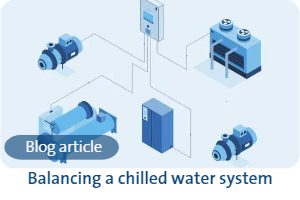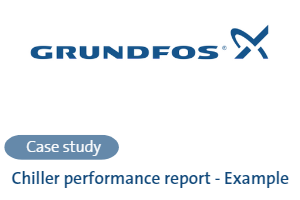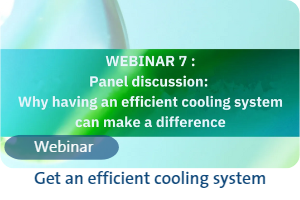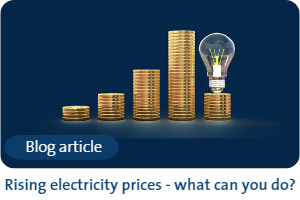Electricity Rationing - Is it coming?
 By Rebekka Biegel
By Rebekka Biegel
An Interview with Christian Rasmussen
Head of Technology at Grundfos, Cooling as a Service
As you might have seen through various news sources, as a result of the COVID-19 pandemic China has introduced an electricity rationing quota.1 However strange it might seem that a country with 1082 coal2 powered and 51 nuclear 3 plants in its mainland would need to ration electricity, the rate at which countries on our planet are using up energy is alarming.
Currently [as of 2020] being the world’s largest emitter of CO2, China has pledged to become carbon neutral by 2060, and start reducing its emission levels within the next ten years.4
To explain our main questions related to electricity rationing, I turned to Head of Technology at Grundfos, Cooling as a Service – Christian Rasmussen.
Q.: Why would electricity be rationed?
A: Electricity can be rationed for many reasons:
- Due to a lack of capacity in delivering the electricity demand or in supply of fuel, wind or solar radiation. There can also be a limited capacity in the transmission network, limiting electricity transport between regions or limited capacity in distribution networks restricting the electricity consumption in the local area.
- Prioritizing the electricity for other purposes on city or regional levels. E.g., for heating homes in the winter instead of running production lines.
- National economy can also play a role when electricity is generated from imported fuels and fuel prices go up or supply is limited for geopolitical reasons.
- Of course, CO2 reduction goals and financial saving goals also lead to electricity reduction goals. The two are interlinked through carbon credits that can be traded.
Q: Who can impose rationing on electricity consumption?
A: Governments, electricity grid operators, city council. You can also proactively 'ration' yourself for financial reasons or to meet climate action goals.
Q: How can you make your business more resilient to rationing?
A: Again, there are multiple ways to do this:
- Keep the electricity consumption as low as possible.
- Document how effectively you use electricity. Both relative to the value you create in your business and absolute to your historical consumption.
- Reduce peak load electricity consumption and thereby the maximum power you have agreed to take from the power grid. This will help the grid operator to deliver during peak hours.
- Install local electricity production like PV panels.
Q: Is this related to green transition and sustainability development goals? If so - how?
A: The CO2 footprint of electricity is impacted by every kWh your business consumes. When there is no more renewable electricity in the grid, the CO2 footprint goes up no matter who used the green and who used the black electricity.
Rationing will reduce the last kWh used and the last kWh used will be generated in the most expensive and CO2 emitting way. When you reduce electricity consumption in your business the effect is the same.
When you reduce power consumptions you leave capacity in the power grid and support more renewable electricity in the mix. Renewable electricity has a high demand for grid capacity because it must be transmitted and consumed whenever the energy source is available.
Q: What are Grundfos Cooling as a Service doing to help you?
A: In hot climates, chilled water systems are the largest electricity consumers in buildings. We make it easy to understand how much and when power is used for cooling. We help understand the efficiency of the system and thereby how much you will be able to reduce the energy and peak load by.
We provide a service that keeps the chilled water system in best possible shape, giving you more resilience in your auxiliary systems.
The service Christian mentions in his last sentence is Grundfos, Cooling as a Service’s LEAD5 solution. The solution has been developed to guarantee 14-50% savings through not only being a viable alternative to equipment replacement but by maintaining a chilled water system’s maximum efficiency. Through this process of energy efficiency, it is ensured that no additional energy – be it green or black – is generated, the system therefore reducing its overall energy usage and CO2 emissions.
If you are intrigued or simply interested in the subject, you may find case studies6 to your interest in our digital library. Further, if you are looking to use your chilled water system’s energy the most efficient way, you can take our Energy Efficiency Test 7 to see what the LEAD solution could do for you.
We hope that you found this Q&A session interesting! If you have any thoughts on what was discussed or would like to hear more on a specific subject, please do reach out to:
We look forward to hearing from you!
Learn more about Grundfos Cooling as a Service
About Grundfos
A world leader in water and energy efficiency, we believe that the world is full of problems that can be solved in a better way.






